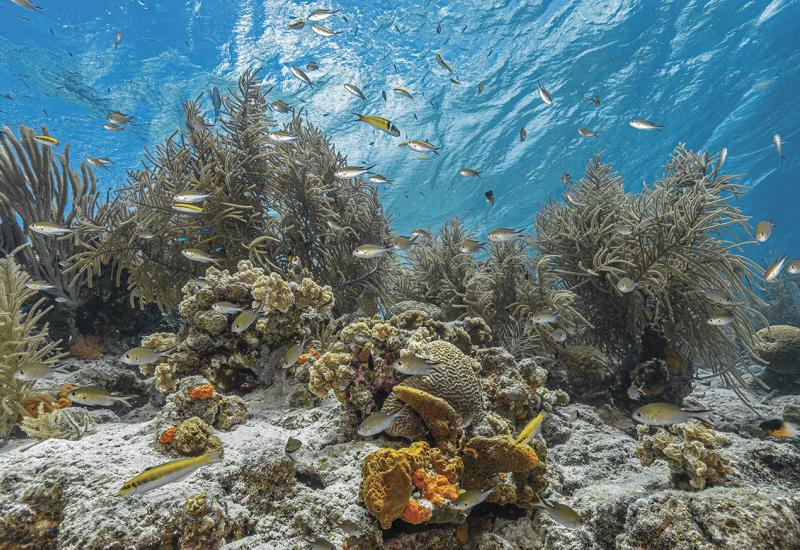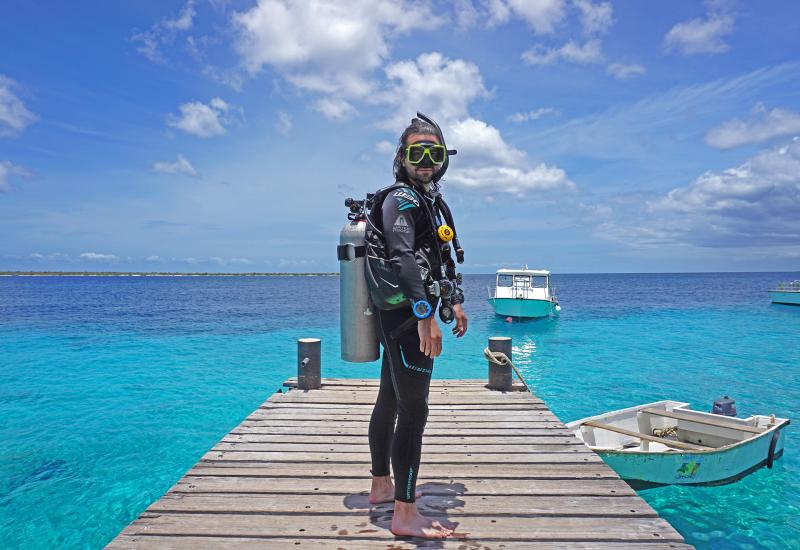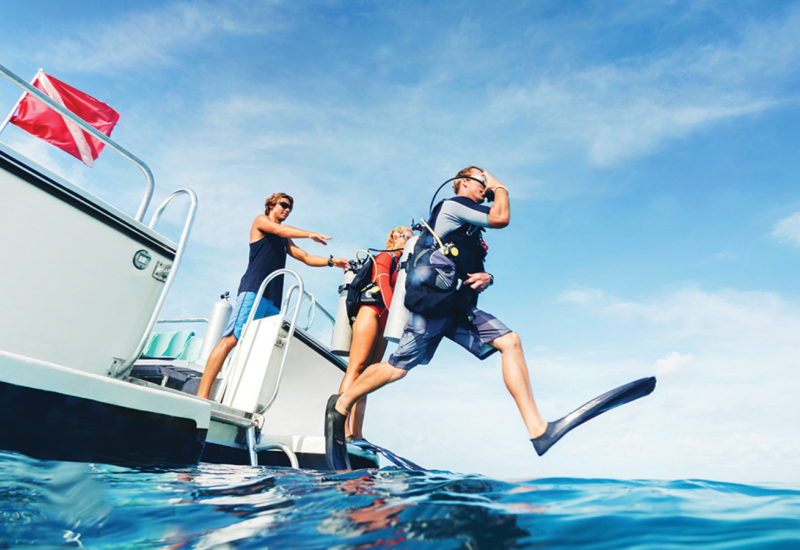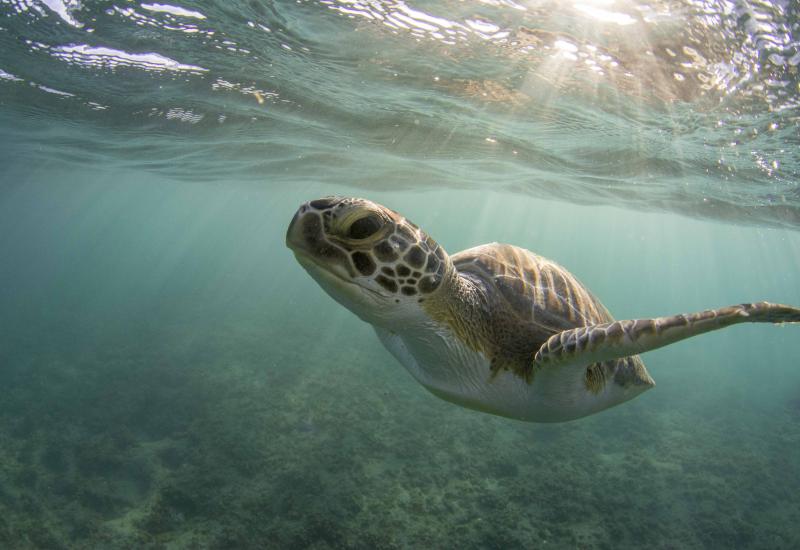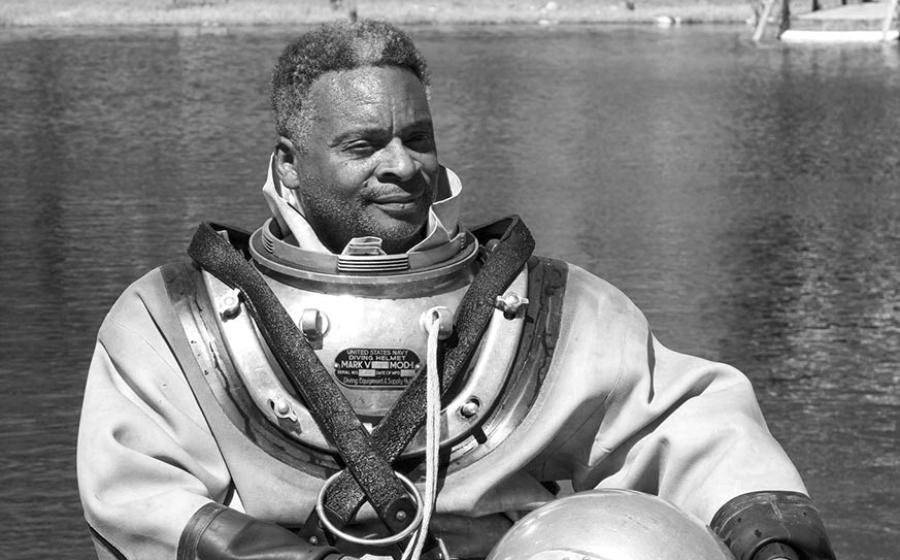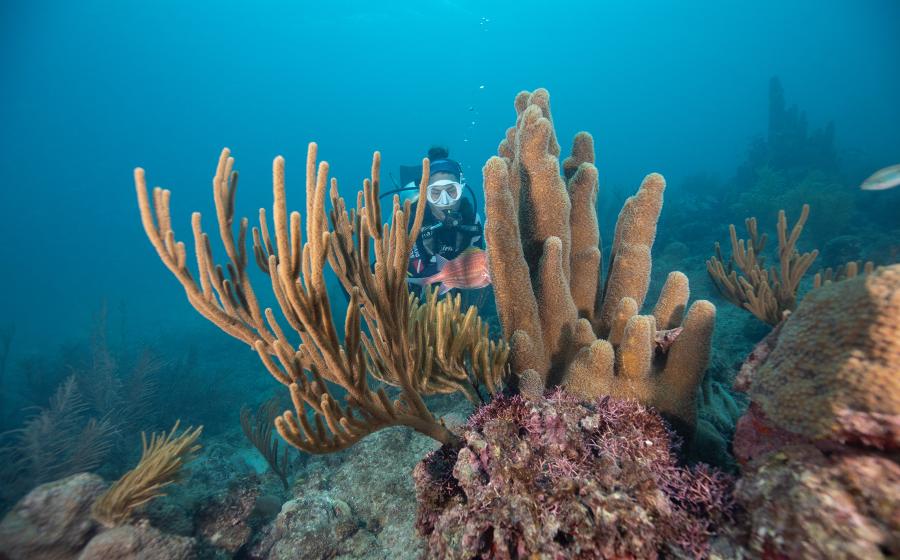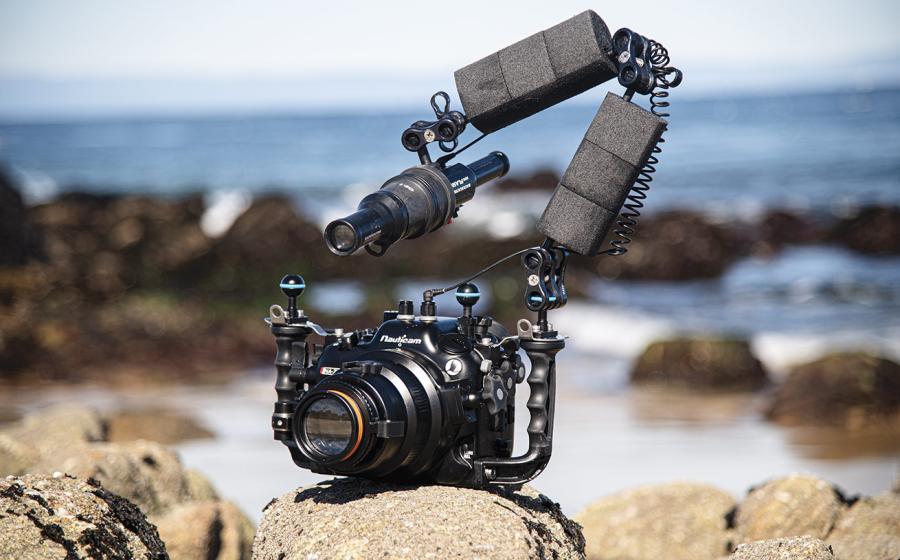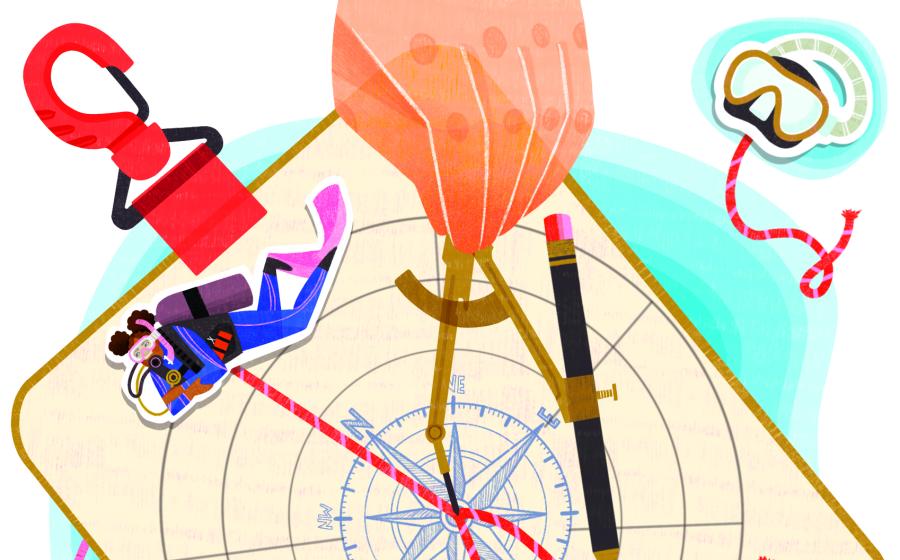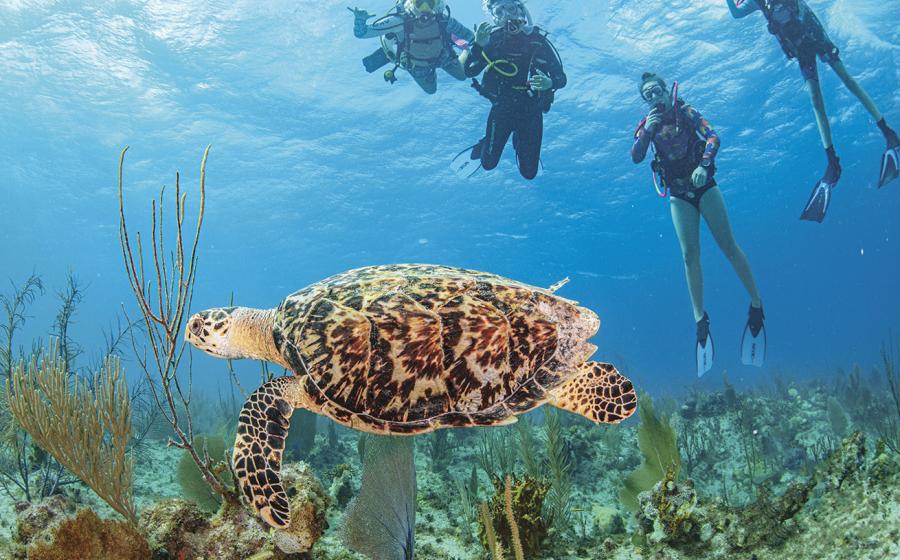Don't Be 'That Diver'
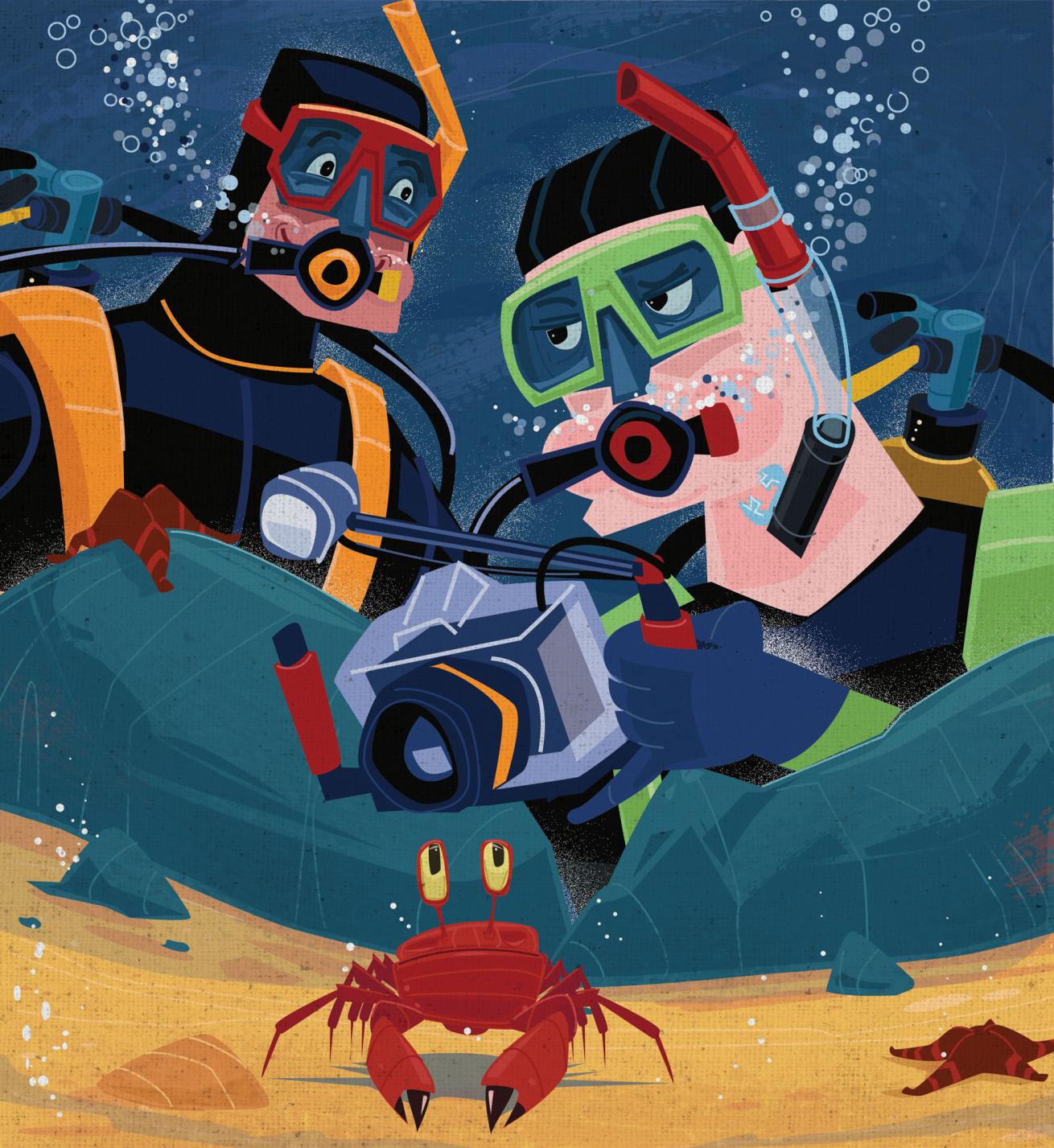
Thomas BurnsThe Photo Bomber
THE LATECOMER
Like everything else, dive boats run on a schedule. Usually each boat runs a morning and afternoon trip, with an hour in between to load fresh tanks and new divers. And if the boat gets held up by a latecomer, it can mean shorter dives for everybody. So if the boat is supposed to shove off at 8 a.m., it’s a good idea to show up at least a half-hour early, especially if you need to get sized for rental equipment. You don’t want to be trying on wetsuits while everybody else is waiting on the boat.
THE BOAT HOG
Space is at premium on dive boats, so always try to keep your clutter to a minimum. Instead of coming on board with the full-size dive luggage you checked on the plane, invest in a mesh dive bag. After you’ve unpacked your gear, get your BC and regulator set up on your tank right away, then stash your mask, fins, wetsuit and dive bag at your spot under the bench to keep the area clear. If you have a backpack, purse or anything that needs to stay dry, ask the captain or crew where there’s dry storage on the boat, and they’ll help you stow it properly.
Read More on Dive Boat Etiquette
THE GADGET HEAD
As a general rule, underwater gadgets are no substitute for dive experience. In fact, jumping in the water with an explosion of slates, whistles, reels and tickle sticks hanging off your BC like Christmas ornaments can hinder your dive more than help. Limit the gadgets to a few must-have pieces of safety gear that can fit neatly in your BC pocket, and just enjoy the underwater scenery.
THE HOOVER
Nobody likes to be the first diver out of air, especially if the divemaster has to turn the dive around after 10 minutes to head back to the boat. Everybody breathes at different rates, but chances are there are things you can do to improve your air consumption. Start by asking your divemaster or instructor to help you make sure you’re weighted properly. Then, practice swimming slowly and taking long, calm breaths on your dives. And if all else fails, just ask the dive shop if they have larger tanks available — most will be happy to bring them aboard for you.
THE PHOTO BOMBER
Underwater photographers have keen eyes, and they often spot creatures that other divers swim right over. But if you see an underwater photographer lining up a shot, resist the temptation to settle down next to her to see what she’s found. Chances are you’ll either kick up sand or scare the creature away. Instead, wait for the photographer to finish taking her shot — after she backs away, you can swim in to take a look.
THE MARATHONER
When you first learn to dive, the excitement of being underwater can make you want to swim as far as you can and as fast as possible in order to see everything. But if you watch more-experienced divers, they all have one thing in common: They swim calmly and slowly, often staying near the mooring. Not only is this the best way to conserve air and get more bottom time, but it also helps you notice small marine life that you might miss otherwise

